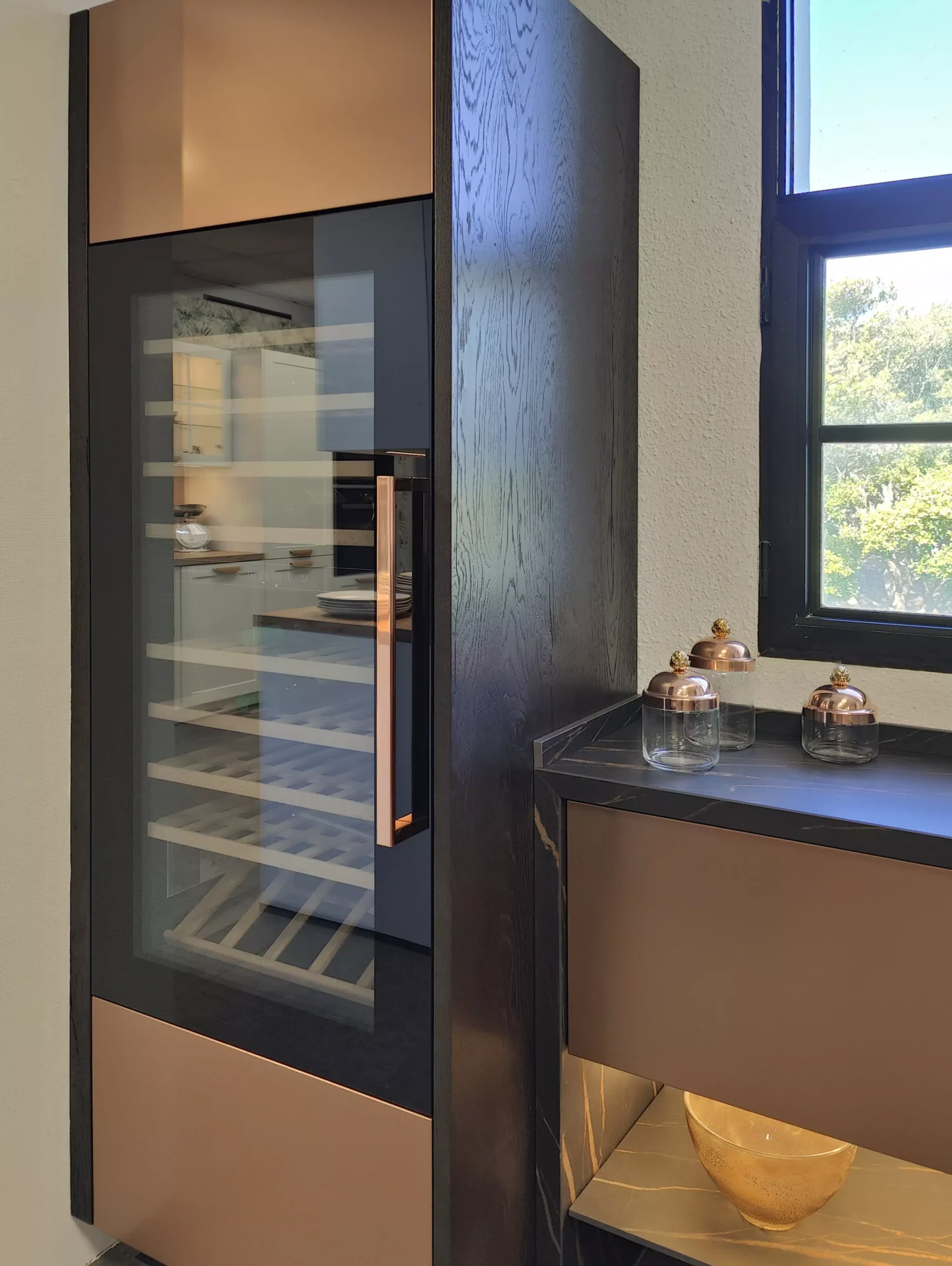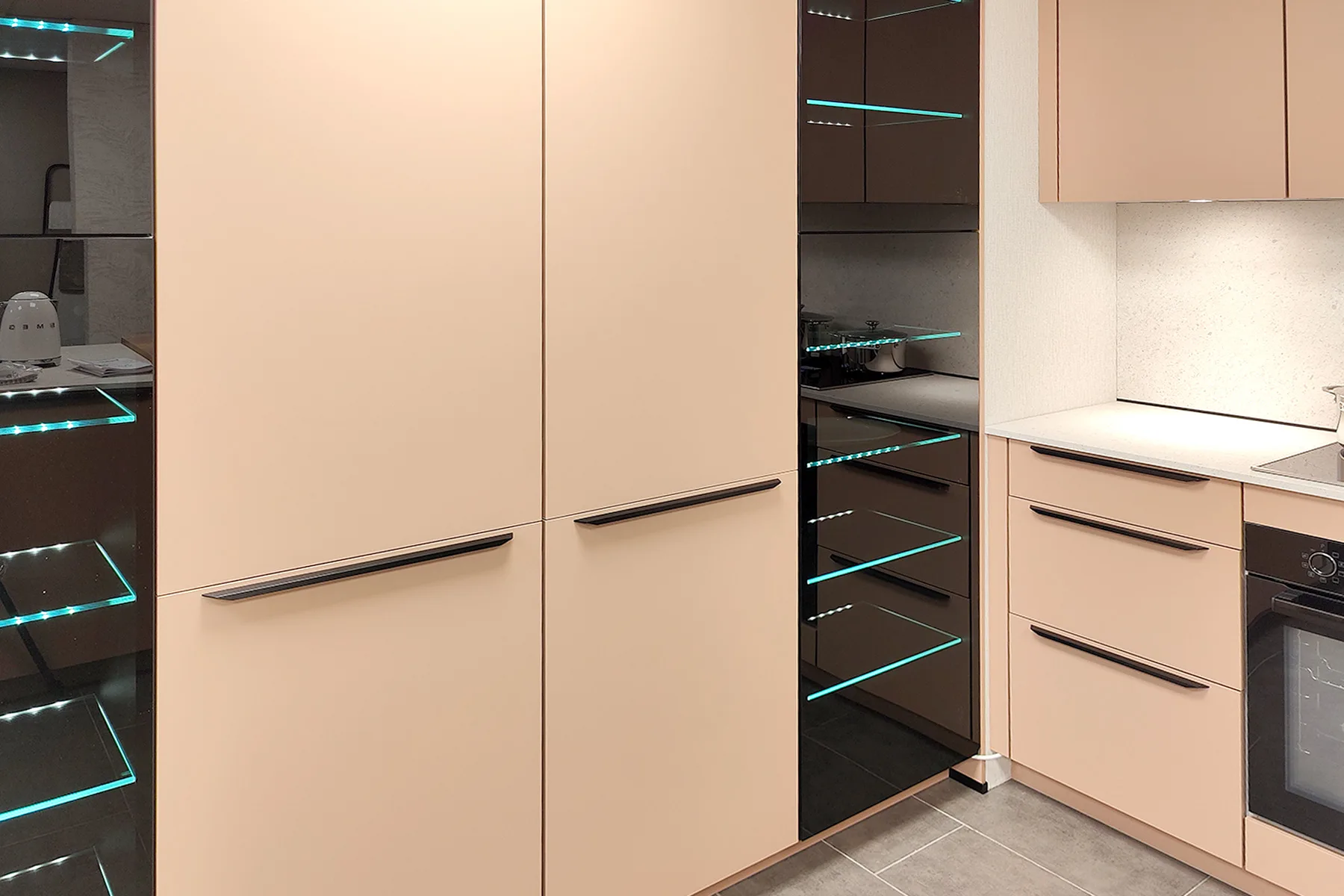Integrate a wine library in the kitchen not only It provides a touch of elegance, but also allows you to keep the wine in optimal conditions Without occupying too much space. However, for its installation to be functional and efficient, it is essential to consider certain key aspects.
One of the first points to take into account is the type of wine library. There are models specifically designed to be embedded in furniture or under the countertop, which have a frontal ventilation system that allows its installation without overheating risk. On the other hand, Free -installation wineteras require space around For proper air circulation, which can limit its integration into kitchens with little room for maneuver.
Ventilation is an essential factor for the correct functioning of the appliance. If you opt for An built -in model, it is essential to ensure that the air exit is not obstructed by the surrounding furniture. In the case of independent wine libraries, it is recommended to leave them in a place with sufficient space around to allow heat dissipation.
The noise level and vibrations should also be evaluated before choosing a wine library. Compressor models usually offer greater cooling capacity, but can generate more noise and vibrations, affecting wine stability. On the other hand, thermoelectric wine libraries are quieter and without vibrations, although their performance can be affected by ambient temperature.
Regarding capacity and distribution, it is important to select a model that adapts to user needs. There are small format wine libraries, ideal for storing between 6 and 12 bottles, while other larger models can house 30 or more units. Removable or sliding shelves facilitate access to bottles and allow better organs to organize the different types of wine.
Do not forget the Energy efficiency, especially if the wine library will be in continuous operation. Models with a high energy classification (A or higher) reduce electrical consumption and are more sustainable in the long term.
Finally, Design and lighting play an important role in the integration of the wine library into the kitchen. LED light is the most recommended option, since it does not generate heat and protects the wine from oxidation. In addition, there are models with tinting glass doors that filter UV rays, maintaining the quality of intact wine.
If you want to integrate a wine library in your kitchen, it is important Choosing a model that not only adapts to the available space, but also guarantees proper ventilation and integrated harmoniously with the design of the environment. Depending on the arrangement of your kitchen and your storage needs, there are different types of enraged wine libraries that can offer an efficient and aesthetic solution.
One of the most common options is the winery under countertop, designed to occupy a space similar to that of a dishwasher or a compact oven. This type of wine library has frontal ventilation, which allows installation without compromising heat dissipation. Its capacity varies between 6 and 50 bottles, which makes it an excellent option for both wine enthusiasts that seek reduced storage and for those who want a broader collection.
Another alternative is the column winery, designed to settle in a high furniture next to other appliances, such as oven or microwave. This design allows access to bottles to a comfortable height and Improves visual integration with kitchen furniture. However, it requires adequate planning to ensure that ventilation is not obstructed and that the furniture in which it is embed is resistant enough. The capacity of these models varies widely, from compact units for 12 bottles to larger models that can house more than 40.
For those looking for a more discreet solution, the Cajón Vinoteca is an innovative and functional option. This type of wine library is installed in a space similar to that of a conventional drawer and allows to store between 6 and 12 bottles, which makes it Ideal for small kitchens or for those who want to maintain a limited selection of wines in optimal conditions. Its minimalist design is easily integrated with the rest of the furniture, providing a touch of sophistication without occupying too much space.
Regardless of the type of winery you choose, it is essential to consider some key factors before its installation. First of all, It is essential to measure the available space accurately To guarantee a perfect adjustment. It is also important Select a capacity according to your consumption and storage habits, avoiding too large or small models for your needs. In addition, the wine library must have frontal ventilation, especially if it is a built -in model, to avoid overheating problems and ensure efficient operation.
Finally, The design and finishes play a crucial role in the integration of the wine library with the aesthetics of the kitchen. There are models with stainless steel doors, warm glass or black finishes, which can perfectly combine with different decorative styles.




